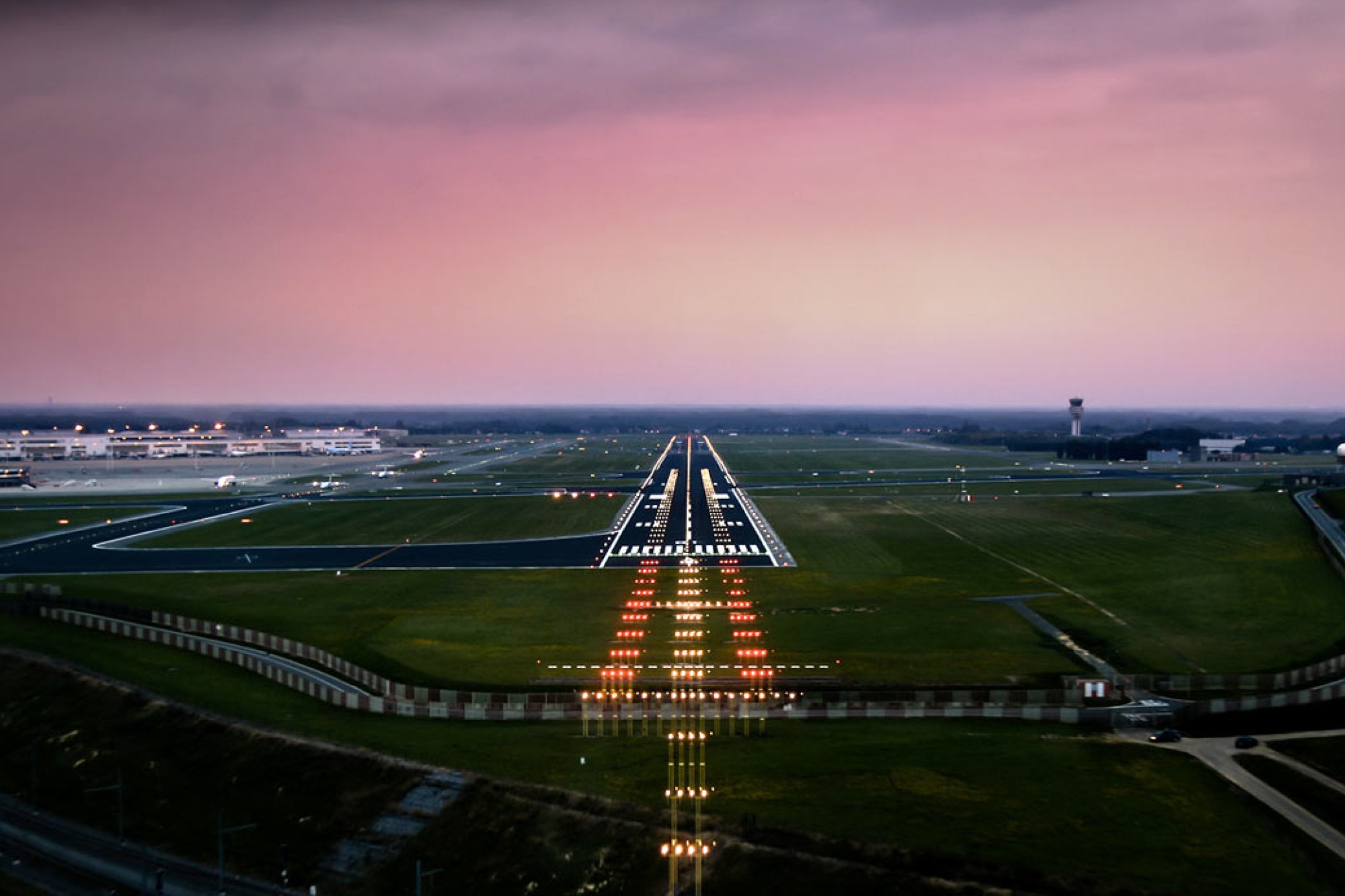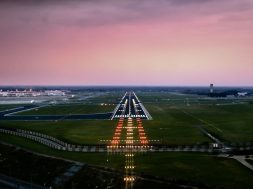The Airport Lighting market is expected to reach USD 1604.15 billion by 2030

The airport lighting industry is expected to increase at a compound annual growth rate (CAGR) of 7.10 percent from its estimated valuation of USD 778.35 billion in the adroit industry research to USD 1604.15 billion in 2030.
The aviation infrastructure that ensures safe and efficient operations at airports worldwide includes airport lighting as a crucial component. It consists of a variety of lighting fixtures placed strategically throughout the airport to provide pilots with visual signals and assistance at different stages of the flight. Airport lighting has a big impact on the precision, safety, and efficacy of aircraft operations. It can be used by pilots to navigate the landscape of the airport, find runways and taxiways, and make decisions in a range of weather conditions, such as poor visibility and darkness.
Runway lighting is one of the most important aspects of airport illumination. It is made up of runway edge lights, which can be either temporary or permanent and are positioned along the runway’s margins to show pilots where the runway ends and to provide them with an accurate visual reference. The runway threshold lights, which mark the beginning of the runway, can be used by pilots to determine the precise starting location of the runway. By indicating the end of the runway, runway end lights assist pilots during landing and take-off operations. Runway centerline lights can aid pilots in maintaining aircraft alignment with the runway centerline under low-visibility conditions.
The significant increase in air traffic resulting from the growth of the global airport business has led to the development and modernisation of airports worldwide. This has created a need for modern airport lighting systems to facilitate safe and efficient aircraft operations. Several countries are investing in the development and renovation of airport infrastructure to meet the growing volume of travellers and improve operational performance. Modern lighting systems are often installed as part of upgrades and extensions to meet international safety regulations and enhance visibility.
International organisations such as the International Civil Aviation Organisation (ICAO) create standards and guidelines for airport lighting systems to ensure uniformity and safety throughout airports worldwide. Following these guidelines encourages the use of modern lighting technology and enhancements to airport systems. Energy efficiency and sustainability are becoming more and more important in airport operations. In the aviation industry, LED lighting technology is becoming more and more popular because of its benefits in energy conservation, longer lifespan, and minimal maintenance requirements. Airports are quickly moving away from traditional lighting systems and towards LED-based lighting solutions.
Ensuring the safety of aircraft takes precedence, and safe take-offs, landings, and taxiing depend on efficient runway illumination. Airports are investing heavily in high-quality lighting systems that provide excellent visibility, especially in low-visibility conditions such as fog, rain, or night operations. Many airports are starting refit projects to swap out their antiquated lighting systems for state-of-the-art machinery. Airports may benefit from the latest lighting innovations, reduce energy consumption, and enhance security through retrofitting—all without having to make major structural changes.
Airport lighting has come to favour Light Emitting Diode (LED) technology because of its extended lifespan, low maintenance requirements, and energy economy. Airport-specific LED lighting solutions, such as approach lights, runway lights, taxiway lights, and apron lights, can be produced and supplied by manufacturers.
Modern control and sensor technologies, combined with intelligent lighting systems, offer better functionality and energy efficiency. These systems may provide remote monitoring and defect detection, optimise lighting patterns, and adjust lighting levels in response to ambient light levels. There’s an opportunity to develop and offer energy-efficient intelligent lighting solutions that boost productivity.
Airports are now using sophisticated lighting systems because of technological breakthroughs. Utilising advanced control mechanisms, sensors, and automated features, these systems maximise lighting operations, track performance, and reduce energy consumption. They provide flaw detection, adjustable illumination, and remote monitoring based on weather and aircraft movements.
In the Asia-Pacific region, both the growth of airport infrastructure and airport traffic have expanded dramatically. Airport infrastructure is being expanded by countries such as China, India, and Southeast Asia to fulfil the growing demand for air travel. To meet strict safety regulations, airport lighting manufacturers and service providers can provide and install state-of-the-art lighting systems in newly constructed airports as well as refurbish existing airports.
24
Cookie Consent
We use cookies to personalize your experience. By continuing to visit this website you agree to our Terms & Conditions, Privacy Policy and Cookie Policy.







